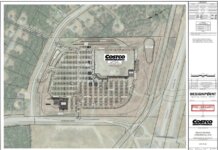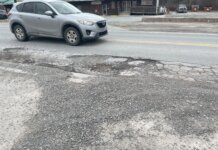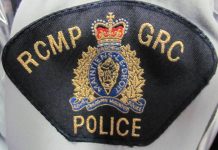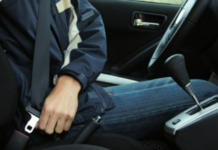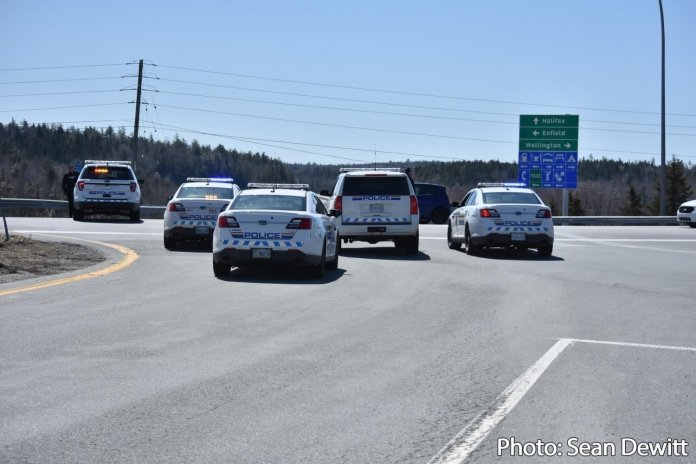Police decals for cruiser made without business owners permission
DARTMOUTH: The Nova Scotia RCMP continues to investigate the incidents of April 18 and 19, an operation that has been given the name of H-Strong.
Operation H-Strong is being led by the RCMP Major Crimes Unit (MCU) with the assistance of specialized resources from across the country, including crime analysts, digital forensic services, federal policing officers, forensic anthropologist, forensic identification and laboratory services, forensic pathologists, legal application supports, national weapons and enforcement support, special tactical operations, victim services, among many others.
There are many areas of investigation as we continue to piece together the gunman’s movements, possible motivation and whether he received assistance leading up to the incidents.
Also, three related matters have been referred to the Nova Scotia Serious Incident Response Team (SiRT). Two of those matters are being investigated by SiRT: gunfire by RCMP officers at the Onslow Belmont Fire Brigade on April 19 and the death of the gunman.
The third matter, which is related to whether Cst. Heidi Stevenson fired her weapon at the gunman, continues to be part of Operation H-Strong.
Investigators have identified the supplier that was used to make the RCMP decals that were on the gunman’s car. The decals were created without permission of the business owner. The business owner and individual who made the decals are both cooperating with police.
When the gunman left the Portapique area on April 18, he was in possession of two semi-automatic handguns and two semi-automatic rifles. One of the guns has been traced to Canada. The remaining guns that were recovered are believed to have been obtained in the United States. The RCMP is working with the Canada Border Services Agency on the investigation on any cross-border or border-related elements. The calibre of the weapons is not being released, because determining where and how the gunman obtained the firearms is a central part of the investigation, and we use this detailed information to verify the credibility of some of the information we receive.
The RCMP’s Behavioural Analysis Unit is conducting a psychological autopsy of the gunman, with the intent of gathering insights into why he committed the acts of violence. This includes an analysis of his personality, past behaviour and how he related to others.
Regarding the fires that were set by the gunman, investigators believe he used an accelerant. From witness statements, we know the gunman had a significant supply of gasoline at his home in Portapique.
Using ground penetrating radar, with support from Dalhousie University, forensic identification officers searched the underground of the gunman’s property in Portapique. This was done to determine whether anything of relevance or interest to the investigation was buried on the property, and nothing was recovered.
The special tactical operations team has completed its ground searches, and all 17 scenes and search areas have been released. We thank the public and property owners for their patience in allowing us to do our due diligence in carrying out our work.
Investigators have spoken with 500 witnesses and are continuing to conduct interviews. We thank all those who have spoken with investigators and to all of those who have submitted tips and video.
The Nova Scotia RCMP is looking to speak with anyone who may have had a conflict with the gunman, whether professional or personal, at any time. Please call the tip line at 1-833-570-0121.


